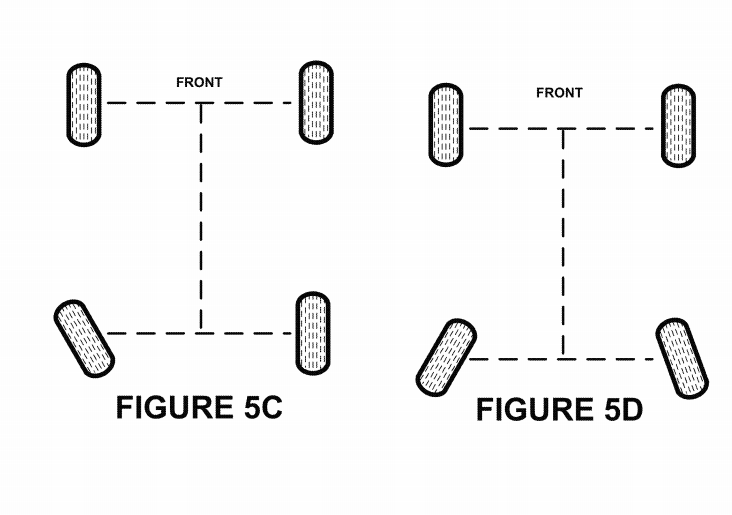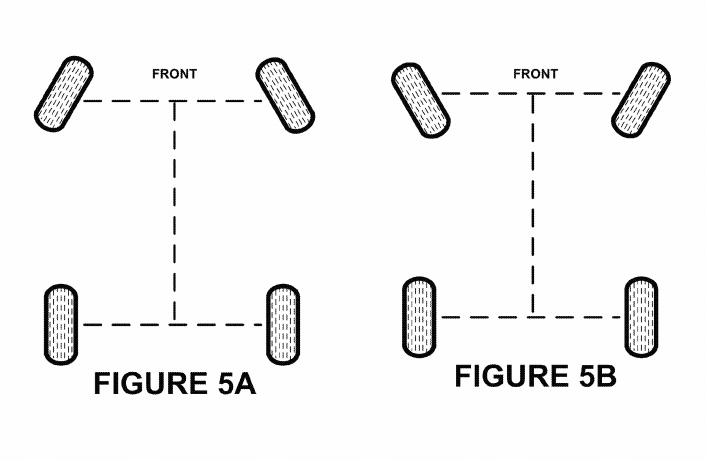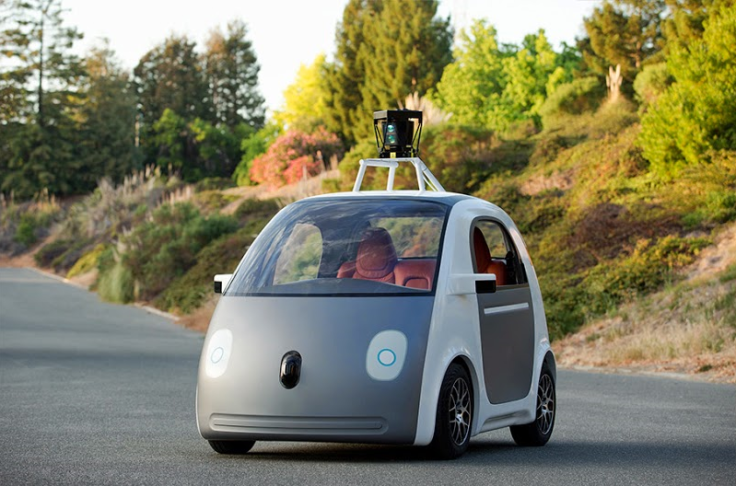Google Invents A Car That Slows Down Like A Skier
Google’s self-driving prototypes are will hit California roads this summer, and they may try out a new way of slowing down that will sound familiar to to skiers. When you’re on the slopes, how you point your skis can help you slow down or speed up. If you point your skis inward toward each other, you slow down. But if they’re parallel and point straight ahead, you speed up.
A new patent granted to Google on Tuesday shows the company applying the same principles to its self-driving cars. The company first applied for patent, called steering-based scrub braking, in 2013. The inventor is Peter Lombrozo, whose LinkedIn profile says he’s a mechanical engineer at Google.
According to the patent, a self-driving car may “turn the pair of wheels of the vehicle in a direction away from parallel to the given direction in which the vehicle is traveling and in opposite directions to each other so as to reduce the speed of the vehicle.”
As the skiing instructor from South Park put it, to proceed slowly on skis, you wedge your skis together in the shape of a slice of pizza. To increase velocity, you make your skis parallel like a pair of french fries. Essentially, Google’s patent does the same thing for the wheels of a self-driving car.


Most commercial vehicles use disc brakes to slow down. The use of slightly turned wheels to cut back on speed, known as scrub braking, is an older method of braking a vehicle. For lighter vehicles, that can be effective, but not for a car driven by humans -- how do you calculate the exact wheel angle that will slow you down for a stop sign when driving at 35 miles per hour?
The Google patent will make the calculations necessary to turn the wheels of a vehicle on the fly and come to a halt before that stop sign. According to the published diagrams, both the front and rear sets of wheels can pivot to slow down a car.

This doesn’t mean that Google’s prototypes will use scrub braking in the near future. Patents rarely portend products. But it’s a great example of just how innovative self-driving cars could be. The possible changes go beyond making self-driving cars more like go-carts -- like Google’s prototype -- and could render steering wheels or gas pedals unnecessary.
Developing a car as a computer allows for the reexamination of many of the components automotive manufacturers have used for years. And that includes something as critical as brakes -- computers may not reinvent the wheel, but they could well redesign how cars slow down.
© Copyright IBTimes 2025. All rights reserved.





















